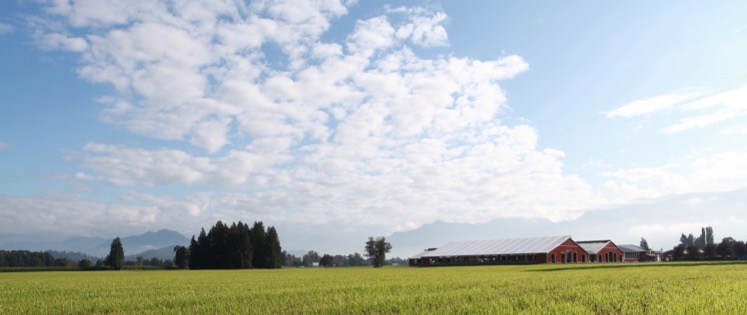Confused about how dairy fairs in international trade? We can help with that.
How much does Canada export?
Canada has $7 billion dollars in agricultural exports ($314 million of dairy products) while Canadian farms sell over $18 billion dollars in agricultural products. Export of agricultural products has increased in the past years but general farm returns have continued to fall. Supply management is a tool that allows dairy, egg and poultry producers to obtain a fairer share of consumer spending on food. It does not prevent others from exporting.
How much does Canada import?
Canada currently imports about 4% of the market for dairy products consumed in Canada ($547.9 million). In comparison, the United States gives only 2.75% access for dairy products and Europe offers a mere 0.5% for poultry. Canada?s agricultural trade position seeks that all countries provide clean market access. If all countries provided 5% access to their markets, overall trade could increase, for example, by 77.5% for cheese, 114% for pork, 152% for poultry, 50% for wheat and 92% for beef.
What is the Amber box in World Trade Organization terminology?
All domestic support measures considered to distort production and trade (with some exceptions) fall into the amber box, which is defined in Article 6 of the Agriculture Agreement as all domestic supports except those in the blue and green boxes. These include measures to support prices, or subsidies directly related to production quantities. These supports are subject to limits: ?de minimis? minimal supports are allowed (5% of agricultural production for developed countries, 10% for developing countries); the 30 WTO members that had larger subsidies than the de minimis levels at the beginning of the post-Uruguay Round reform period are committed to reduce these subsidies. The reduction commitments are expressed in terms of a ?Total Aggregate Measurement of Support? (Total AMS) which includes all supports for specified products together with supports that are not for specific products, in one single figure. In the current negotiations, various proposals deal with how much further these subsidies should be reduced, and whether limits should be set for specific products rather than continuing with the single overall ?aggregate? limits. In the Agriculture Agreement, AMS is defined in Article 1 and Annexes 3 and 4.



